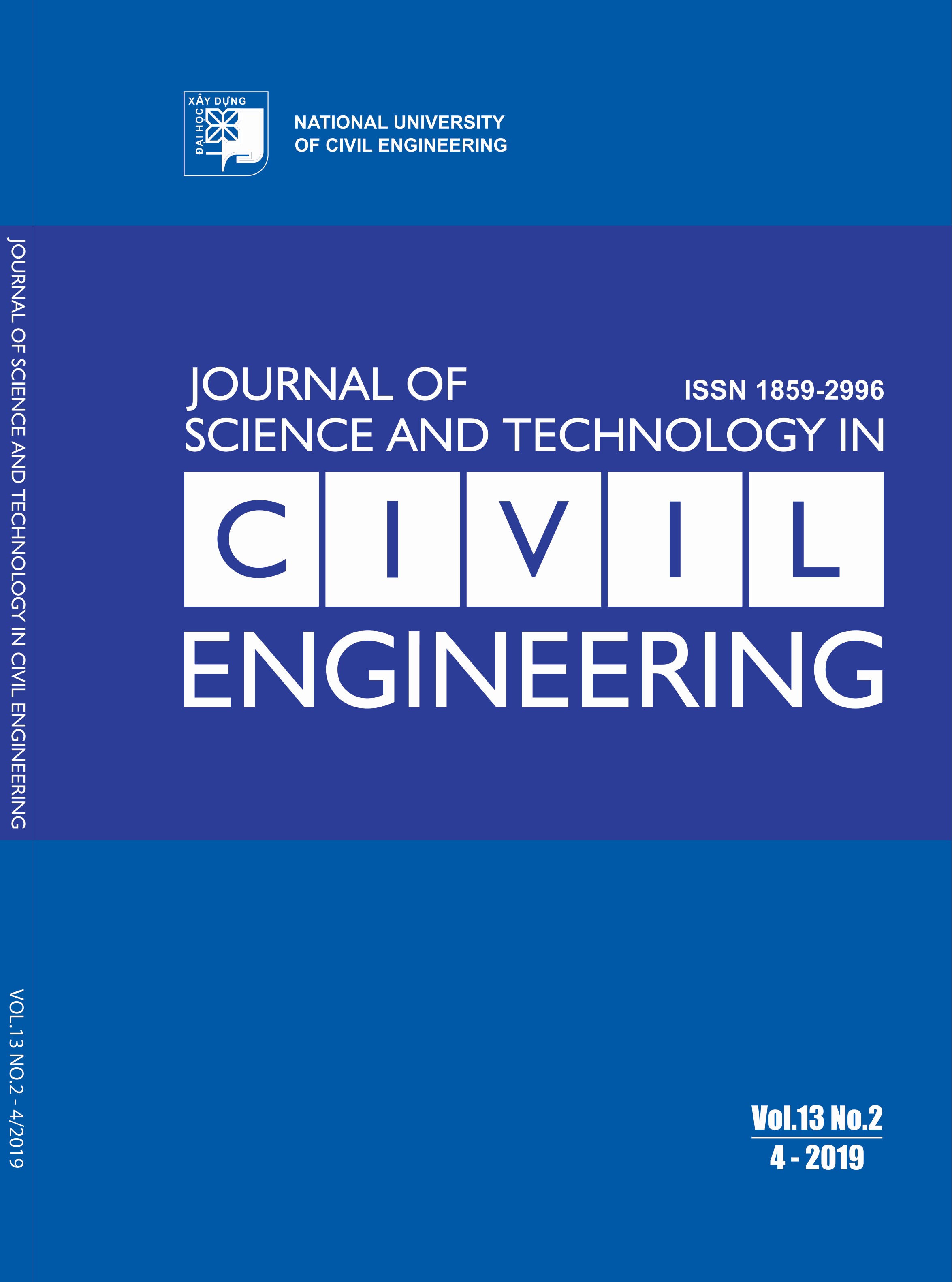Weight optimisation of functionally graded beams using modified differential evolution
Abstract
In this article, an efficient numerical approach for weight optimisation of functionally graded (FG) beams in the presence of frequency constraints is presented. For the analysis purpose, a finite element (FE) solution based on the first order shear deformation theory (FSDT) is established to analyse the free vibration behaviour of FG beams. A four-parameter power law distribution and a five-parameter trigonometric distribution are used to describe the volume fraction of material constituents in the thickness direction. The goal is to tailor the thickness and material distribution for minimising the weight of FG beams while constraining the fundamental frequency to be greater than a prescribed value. The constrained optimisation problem is effectively solved by a novel differential evolution (DE) algorithm. The validity and efficiency of the proposed approach is demonstrated through two numerical examples corresponding to the four-parameter distribution and the five-parameter distribution.
Keywords: FGM beam; lightweight design; frequency constraint; differential evolution.
Downloads
Copyright (c) 2019 National University of Civil Engineering

This work is licensed under a Creative Commons Attribution-NonCommercial-NoDerivatives 4.0 International License.
1. The Author assigns all copyright in and to the article (the Work) to the Journal of Science and Technology in Civil Engineering (JSTCE) – Hanoi University of Civil Engineering (HUCE), including the right to publish, republish, transmit, sell and distribute the Work in whole or in part in electronic and print editions of the Journal, in all media of expression now known or later developed.
2. By this assignment of copyright to the JSTCE, reproduction, posting, transmission, distribution or other use of the Work in whole or in part in any medium by the Author requires a full citation to the Journal, suitable in form and content as follows: title of article, authors’ names, journal title, volume, issue, year, copyright owner as specified in the Journal, DOI number. Links to the final article published on the website of the Journal are encouraged.
3. The Author and the company/employer agree that any and all copies of the final published version of the Work or any part thereof distributed or posted by them in print or electronic format as permitted herein will include the notice of copyright as stipulated in the Journal and a full citation to the Journal as published on the website.







